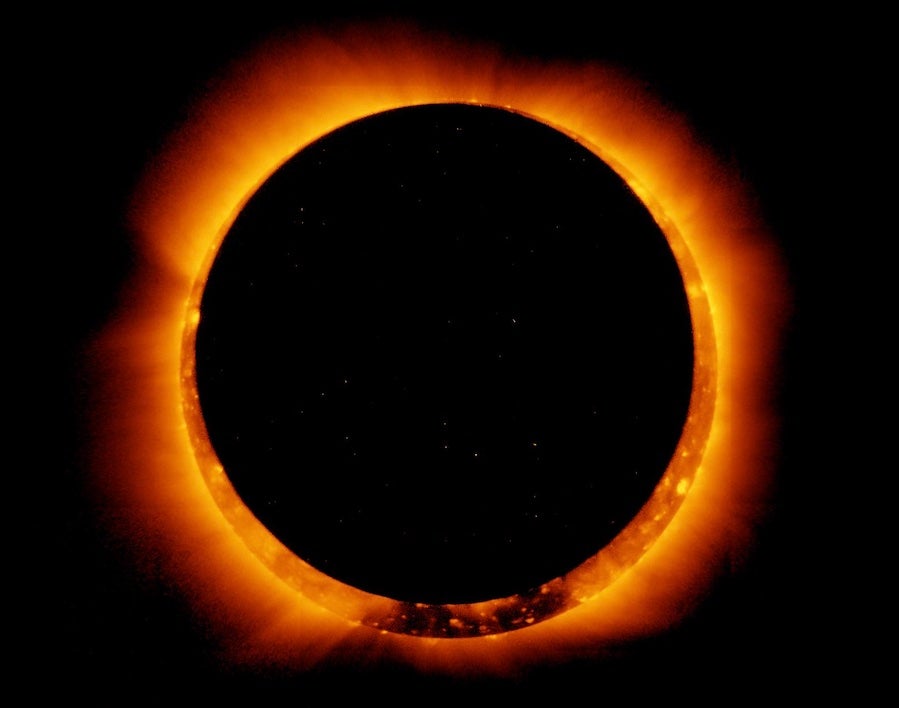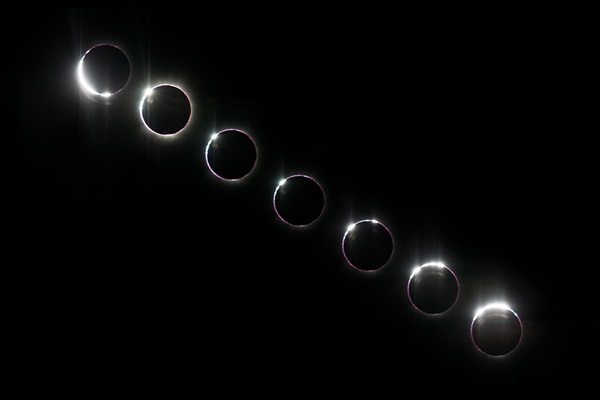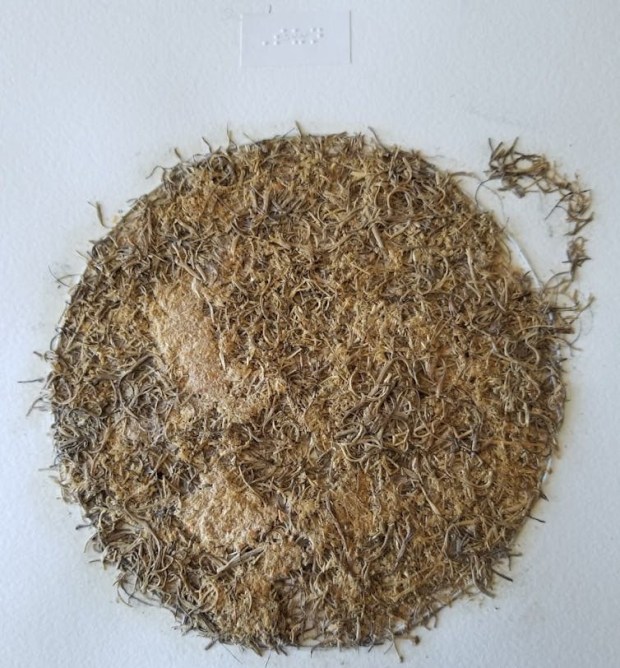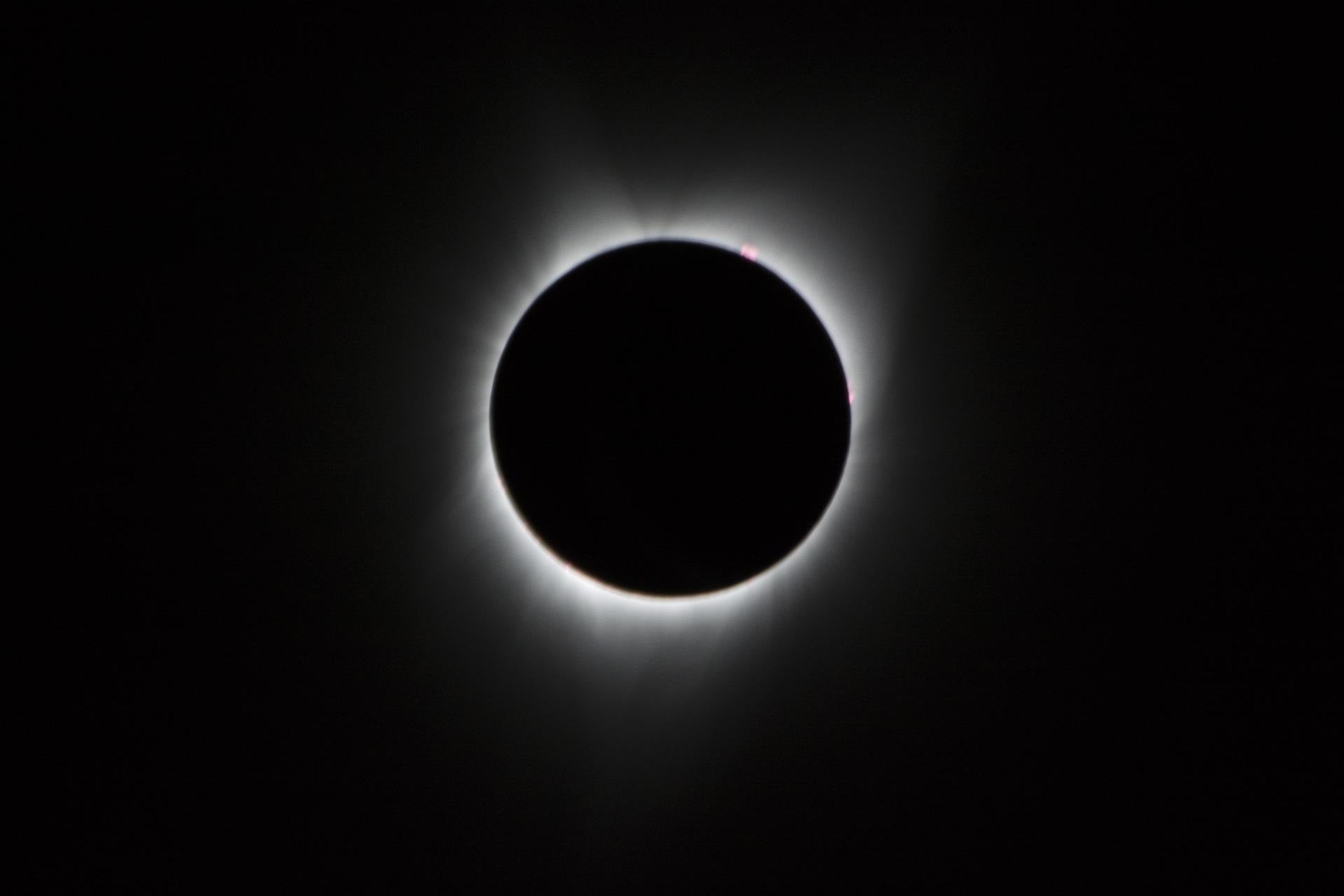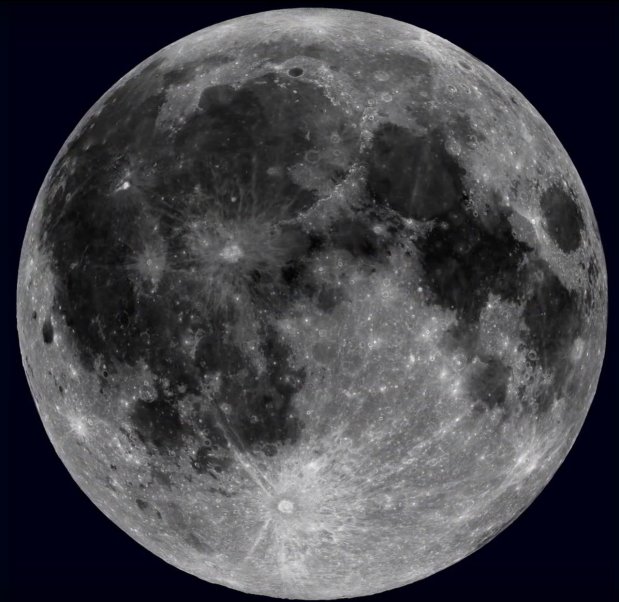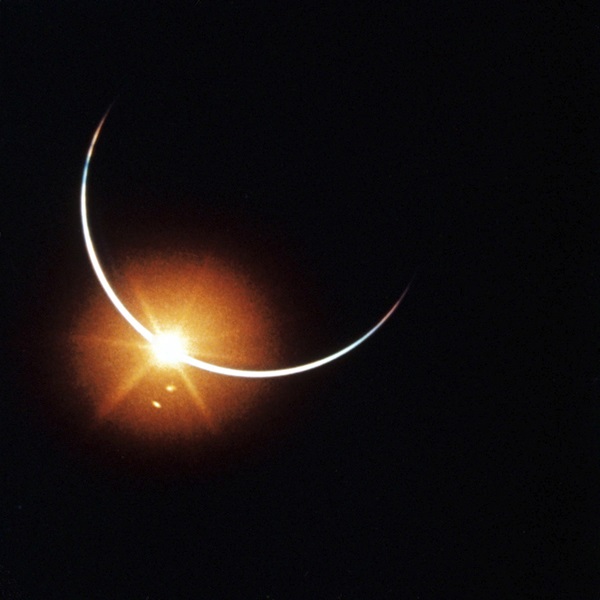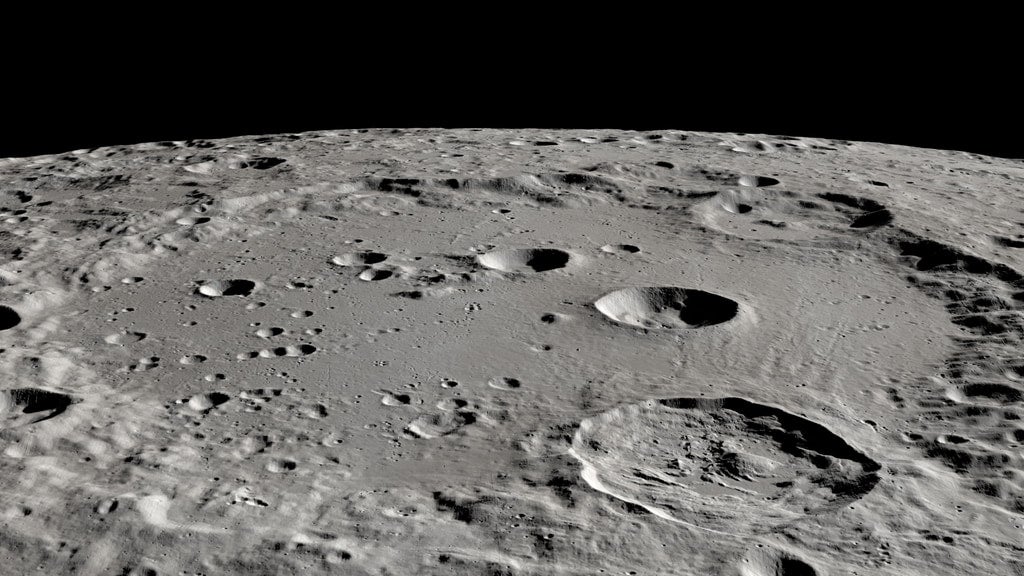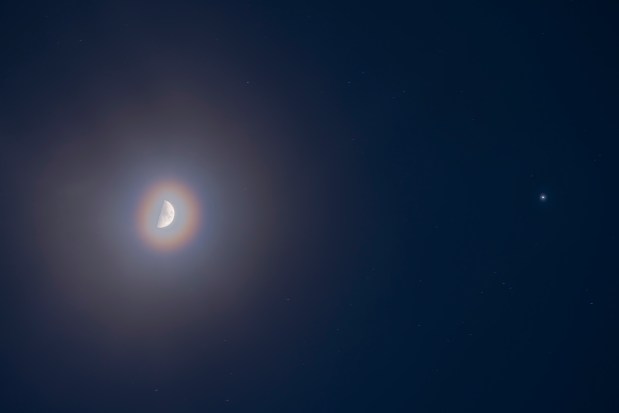
Let’s have some fun. But first, a disclaimer: I claim no archaeo-astronomical, archaeomythological, or archaeomystical “whatevers” in what you are about to read. It’s just plain old apophenia (seeing patterns in random data), like transforming the pattern of stars in open cluster NGC 457 into Astronomy Editor David Eicher’s friendly owl, creating the Owl Cluster. In this case, I’ve transformed a random pattern of hills on the Moon into something that bears resemblance to an ancient monument on Earth. I dubbed it my “lunar Stonehenge.”
Pattern recognition at work
“Pattern recognition is one of the most fundamental cognitive skills we possess,” says British psychologist Keith Hillman, adding that while we can actively look for patterns — as we do with the Owl Cluster — pattern recognition also occurs unconsciously and automatically. The latter happened to me February 25 while testing my new 8-inch reflector on the waxing gibbous Moon, 10 days after New Moon.
Astronomy magazine subscribers can read the full article for free. Just make sure you’re registered with the website.


